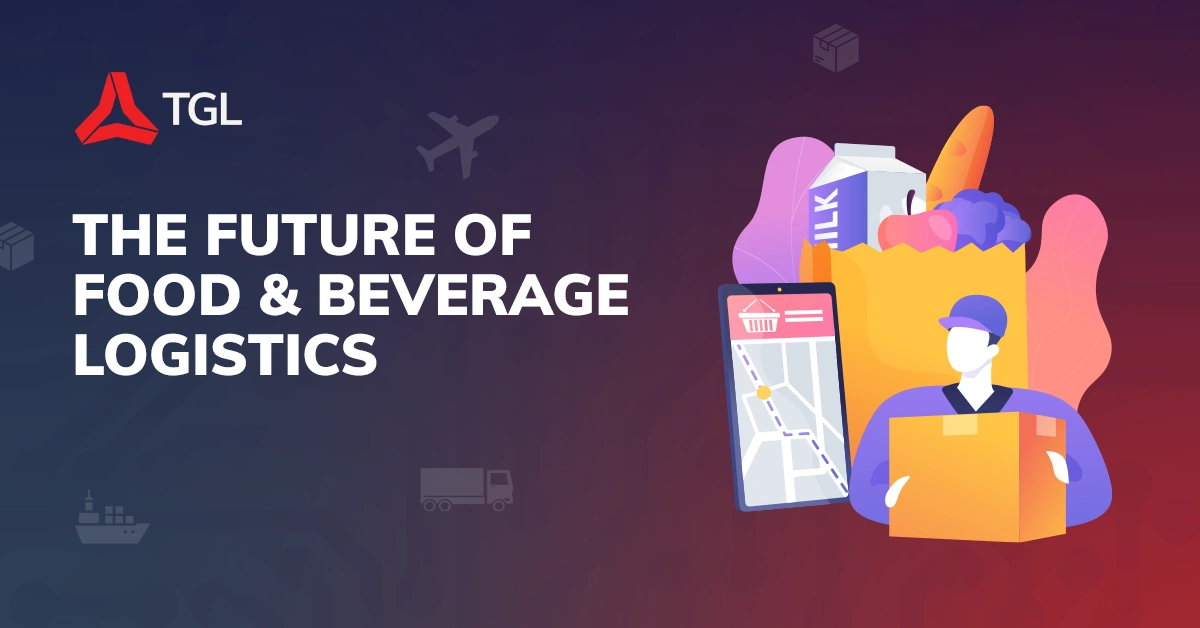Different Shipping Container Options

There are a number of different types of shipping containers used within the logistics industry and each container serves its own purpose and suits different needs. We take you through the different varieties of shipping containers you may come across when shipping your goods through us.
Dry Storage Container
Dry storage containers are the most commonly used container within the shipping industry ranging from the 3 main sizes 10ft, 20ft, and 40ft. These containers are built for the intermodal freight model, meaning they are able to be transported by different modes of transport from ship, rail to truck. The containers are standardised by the ISO for ease of use and transport as they are able to be effectively stacked on top of each other and side by side.
Flat Rack Container
Flat rack containers are used for heavy loads and cargo that need loading from the top or sides such as pipes, machinery, or busses. The containers only have aides on the short end of the container. Newer flat rack containers are able to hold 40,000 - 50,000kg with uniform distribution of load. Due to the way flat racks are stationed and dimensions of the load, stacking them on one another is impossible with legal regulations.
Open Top Container
As the name suggests this type of container has an open top. Due to it being open roof a tarpaulin is used to cover the cargo if needed. Even though it is an open roof container there are door on either side that can be swung open for easy loading if convenient.
These containers are used for cargo that is too large and if they are irregular shapes. An example is heavy materials and machinery that can't be loading sideways through the door but eased down by heavy-lifting industrial cranes. Due to being open roof they are able to store more than regular containers. There aren't many of these containers within circulation resulting in elevated pricing; but prices may increase if your cargo is in "gauge" meaning if it is protruding from the top; if so no other containers can be staked on top wasting space on cargo ships resulting in the further increased pricing.
Hard Top Container
Hard top containers are very similar to open top containers; the only difference is having a detachable steel roof instead of a tarpaulin sheet. The roof can be removed by a forklift as it has points that allows for a forklift to safely remove it.
High Cubes
In short high cubes are very similar to standard containers coming in both 20ft and 40ft measurements; these dimensions are the same the height of high cubes are increased allowing for more cargo to be stored and allows it to meet more cargo demands.
Open Side Storage Container
These storage containers have door on one of the long sides of the container; that can change into completely open sides providing much more room for loading. Even though these containers are able to open from the sides they still have the standard doors on either short side of the container.
Double Doors Container
These containers are built to have double doors that swing open outside on both sides and either side is built with the same specifications. Double door containers are made to be the most convenient option for loading and unloading a container.
An example of this convenience is when a car is loaded through one side of the container; it can simply drive out through the other side.
Another name for double door container that is commonly used is 'Tunnel Container'
Refrigerated ISO / Reefer Container
Reefer container are just refrigerators in the shell of a standard container which is used to transport cargo that needs to be kept at a certain temperature. The flooring has t shaped decking to allow cool air to get into the container and allowing constant airflow. Temperatures that can be kept and maintained are -30 degrees to +30 degrees.
Cargo that is most commonly carried include: fruits/vegetables, medicine, meat and even ice cream. Each item may need to have its own temperature which can be achieved as the container can be sectioned cooled.
Pallet Wide
These containers were specifically made to carry euro wooden pallets that as the name suggests are commonly used in Europe. Sizing is the same as regular containers coming in at 20ft and 40ft models as well as high cube containers.
These containers were made to measure exactly two-euro wooden pallets in width. This allows the pallets to be packed neatly and tight as to not have a chance of the cargo slipping.
Tanks
This method is most commonly used for the transportation of liquids. These tanks are made of anti-corrosive material or steel guaranteeing that they have a long-life span; and provides the necessary protection of the liquid within. Tanks are used by a large portion of the shipping industry when it comes to transporting liquids.
Although there are a large number of different containers, they might not suit your business needs. At TGL, we guide you through the process and select the right containers to meet your needs.
References:
https://container-xchange.com/blog/container-types-and-dimensions/
https://www.tigercontainers.com/blog/different-types-of-shipping-containers/
www.marineinsight.com/know-more/16-types-of-container-units-and-designs-for-shipping-cargo/


